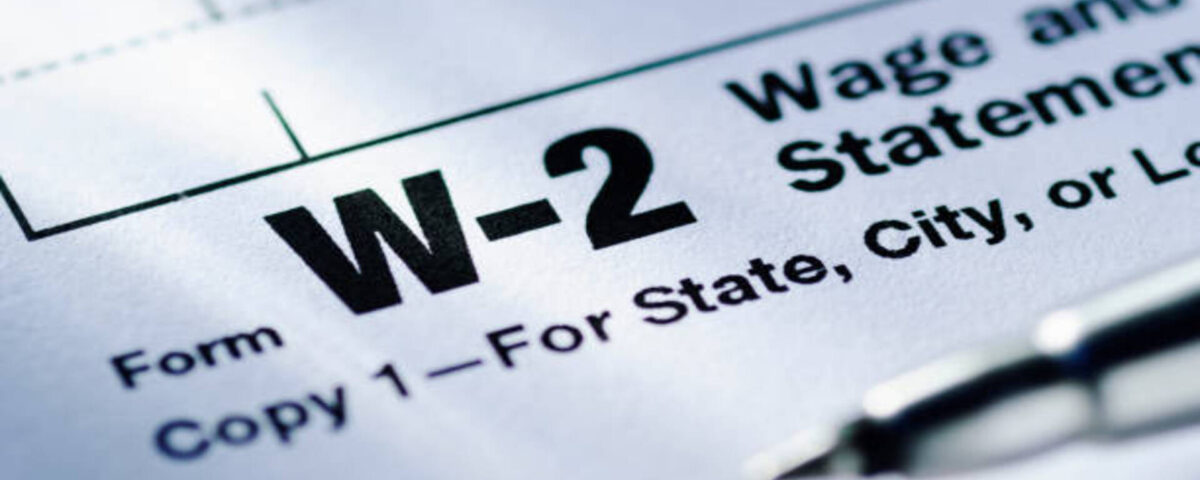It is no secret that filing taxes can be a significant headache. Anticipating a potential refund can quickly turn to dread at realizing you need to pay taxes. What’s worse, the past several years have been extremely challenging financially to a large portion of Americans. There are options if you find yourself drowning in tax debt that feels insurmountable. The IRS Fresh Start program might be the answer.
What is the Program?
Started in 2011, the IRS Fresh Start is a program that allows financially-burdened taxpayers to submit an offer-in-compromise. The OIC is an agreement between the taxpayer and the IRS to settle the financial debt for less than the taxpayer owes. The IRS won’t accept an OIC if the taxpayer can pay the money in full . Recently, the IRS has updated several factors regarding the IRS Fresh Start program to make the program more accessible to taxpayers.
What are the Requirements?
A detailed list of qualifications and the qualifier tool can be found here. There are several key factors to qualify and submit an offer-in-compromise. The taxpayer cannot be in a current bankruptcy proceeding, and must resolve any serious debt, such as bankruptcy, before applying to the IRS Fresh Start program. The taxpayer must have properly filed all tax returns. They must have received an approved extension for the year. Check the list to make sure you meet all the qualifications. If you need further assistance, reach out to the Taxpayer Advocate Service. They are an independent organization which can guide you through the process. The TAS will also contact the IRS on your behalf in approved cases and help you work through the issues. Of course, Sheffield, Trackwell, and Rapp can help with your tax needs as well.
What is the Process?
After checking the qualifying factors, you must fill out the application form. The taxpayer must include a one-time fee of $205 with the application. This fee is waved if you meet the Low-Income certifications guidelines. With the application, you have two choices for a payment plan. The first requires a 20% down payment, followed by the remaining total in less than five payments, within five months. The second option is making one payment with your application, followed by periodic payments over the course of 24 months. Note, you do not need to include any money if you meet the low-income certification guidelines. Your first payment would be due 30 calendar days after the IRS accepts the offer, or a separately agreed-upon date.
Also be aware that, if proposing the periodic payment option, you must make your monthly proposed payments while the IRS evaluates your offer. Due to staffing and backlog, your application may not be accepted for several months.
Your application must contain the forms listed here. Complete everything neatly and accurately!
Dealing with any tax problems can feel like taking a stroll across a minefield. You don’t have to face these problems alone. Contact Sheffield, Trackwell, and Rapp today for all your tax or personal accounting needs.







